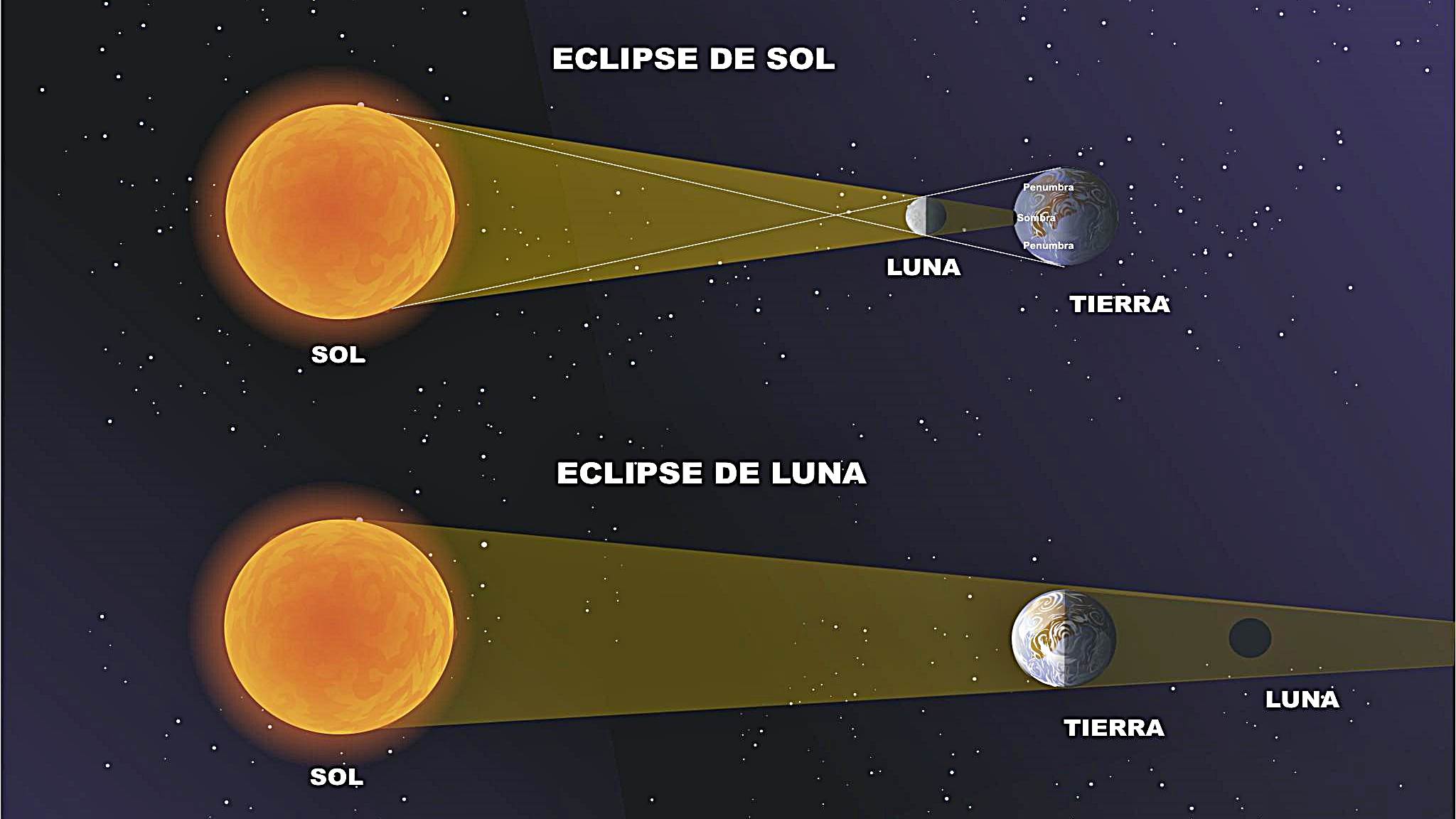
Celestial Wonders 2025: Unveiling the Mystical Spectacles in the Cosmic Canvas
Unveiling the Cosmic Tapestry: A Historic Year for Celestial Phenomena
The year 2025 promises to be a celestial extravaganza, captivating sky enthusiasts with an extraordinary array of astronomical marvels. This celestial calendar will be adorned with a series of eclipses, cometary encounters, and dazzling meteor showers. However, these extraordinary events are not merely fleeting spectacles but profound opportunities to delve into the mysteries of the universe and contemplate the interconnectedness of celestial bodies.
Solar and Lunar Eclipses: A Dance of Celestial Giants
Eclipses occur when the Moon's shadow falls upon the Earth (solar eclipse) or the Earth's shadow eclipses the Moon (lunar eclipse). In 2025, skywatchers will be treated to two remarkable eclipses.
The solar eclipse on May 5th will be a total annular eclipse, meaning that viewers will witness a breathtaking "ring of fire" effect as the Moon perfectly aligns with the Sun. This eclipse will be visible from the southeastern United States, Central America, and parts of western South America.
The lunar eclipse on October 14th will be a partial eclipse, during which the Moon will pass through the Earth's umbra (shadow), causing it to appear reddish-brown. This eclipse will be visible from most of North America, South America, and Africa.
Comet Encounters: Celestial Wanderers from Distant Realms
Comets are icy wanderers that orbit the Sun in highly elliptical paths. As they approach the Sun, their icy surfaces sublime, creating a magnificent coma (atmosphere) and a luminous tail. In 2025, two notable comets will make close approaches to Earth.
Comet C/2023 E3 (ZTF) was discovered in March 2023 and is expected to reach its closest point to Earth in January 2025. It is anticipated to be visible to the naked eye under favorable viewing conditions.
Comet 2011 Q4 (Elenin) was discovered in 2011 and is predicted to make a close approach to Earth in April 2025. This comet is larger than Comet C/2023 E3 (ZTF) and could potentially be even more spectacular.
Meteor Showers: Cosmic Fireworks Illuminate the Night Sky
April 21-22 (Lyrids)
August 12-13 (Perseids)
October 20-21 (Orionids)
November 17-18 (Leonids)
Meteor showers occur when the Earth passes through the debris trail of a comet. As these tiny particles enter the Earth's atmosphere, they heat up and create the beautiful streaks of light known as meteors. 2025 presents several opportunities to experience these awe-inspiring celestial fireworks.
The Quadrantids meteor shower, active in early January, is known for its high hourly rates and bright meteors. The Lyrids, visible in late April, are known for their slow and graceful meteors. The Perseids, in mid-August, are one of the most popular meteor showers due to their high frequency and radiant in the constellation Perseus.
The Orionids, active in October, produce a moderate number of meteors that originate from Halley's Comet, while the Leonids, visible in mid-November, are known for their potential to produce spectacular fireballs. Finally, the Geminids, which appear in mid-December, are considered one of the most reliable meteor showers of the year.
Reflection on the Cosmic Wonders and Beyond
The year 2025 promises to be a celestial extravaganza, offering a rare opportunity to witness the intricate interplay of celestial bodies. Eclipses, comet encounters, and meteor showers remind us of the dynamic nature of the cosmos and inspire us to explore the vastness of the universe and our place within it.
These celestial phenomena provide not only spectacular visual experiences but also invaluable opportunities for scientific research. By observing and studying these events, scientists gain insights into the composition and behavior of celestial objects and unravel the secrets that lie beyond our planet.
Moreover, celestial wonders have profound cultural, spiritual, and artistic significance. Throughout history, these phenomena have influenced art, literature, and mythology, inspiring awe and a sense of wonder among countless generations. By embracing the celestial wonders of 2025, we not only enrich our understanding of the universe but also reconnect with our ancient traditions and foster a deeper appreciation for the interconnectedness of our cosmic existence.
Post a Comment